In one of the recent posts on Asian Koel (Eudynamys scolopacea) LINK for our sister website, The Birds of Singapore LINK, Slim Sreedharan managed to uncover a considerable amount of information about its food, reproduced below”
“In India, its food consists chiefly of fruit and berries from a variety of trees and shrubs – Peepal or Sacred Fig (Ficus religiosa), Banyan (Ficus benghalensis) (above left), Camphor tree (Cinnamomum camphora) (above centre), Ber or Indian Plum (Zizyphus mauritiana) (above right), Indian sandalwood (Santalum album) (below left), Ivy gourd (Cephalandra indica = Coccinia grandis), Mulberry (Morus spp.) (below centre), nuts of the Fishtail Palm (Caryota urens) (below right), the poisonous fruit of the Yellow Oleander (Thevetia neriifolia) and nectar from Coral Tree (Erythrina indica) (Ali & Ripley 1969). It also takes caterpillars, Hemiptera bugs, other insects, snails and birds’ eggs stolen from nests (Ali & Ripley 1969).
“It also takes fruit of the Buffalo Thorn (Ziziphus mucronata), Guava (Psidium guajava) (below left), Brazilian cherry (Eugenia uniflora), Wild Caper (Capparis sepiaria), Tamarind (Tamarinda indica) (below centre), Wild Jujube (Ziziphus oenoplia), Chandada (Macatanga peltata), Pepper (Piper nigrum) (below right), and nuts of Oil Palm (Elaeis guineensis) and Alexandra Palm (Archontophoenix alexandrae), as well as insects such as grasshoppers, mantids, stick insects (Payne & Sorenson 2005) and fruit of the Bakul (Mimusops elengi) tree (Jerdon 1862).
“In Singapore, it has been seen eating fruit from the Indian cherry (Muntingia calabura) (Tsang & Wee, Y.C. 2007) LINK, Australian Mulberry (Pipturus argenteus) and papaya (Carica papaya) (Meng et al 2008) LINK, rambutan (Nephelium lappaceum) (D’Rozario & Wee, J. 2010) LINK, Great Morinda or Noni (Morinda citrifolia) (Wee, Y.C. 2007) LINK, and completely swallowing the Alexandra Palm (Archontophoenix alexandrae) fruit (Lam 2007) LINK. It regurgitate the large seeds of any fruit it has eaten (Jerdon 1862, Chua et al 2009) LINK.”
Slim Sreedharan
Malaysia
October 2011
References:
1. Ali, S. & Ripley, D. S. 1969. Handbook of the Birds of India and Pakistan. Vol. 3. Oxford University Press, London.
2. Chua, M., Corlett, R. Prof., & Wang, L. K. 2009. Asian Koel regurgitates seed. Bird Ecology Study Group website. Retrieved 1st April, 2011.
3. D’Rozario, V. Prof., & Wee, J. 2010. Of rambutan, sea olive and the birds they attract. Bird Ecology Study Group website. Retrieved 1st April, 2011.
4. Jerdon, T.C. 1862. The Birds of India: A Natural History, Vol. 1. The Military Orphan Press, Calcutta.
5. Lam, K. 2007. Asian Koel swallowing palm fruit. Bird Ecology Study Group website. Retrieved 1st April, 2011.
6. Meng, Chan, M. & Ng, A. 2008. Food of the Asian Koel: Pipturus argenteus. Bird Ecology Study
7. Payne, R.B., 1997. Family Cuculidae (cuckoos). In: del Hoyo, J., A. Elliott & J. Sargatal (eds.), Handbook of the birds of the world. Vol. 4. Sandgrouse to Cuckoos. Lynx Editions, Barcelona. Pp.508-607.
8. Payne, R.B. & Sorenson, M.D. 2005. The Cuckoos. Oxford University Press, New York.
9. Tsang, K.C. & Wee, Y.C. 2007. Asian Koel eating Indian cherry. Bird Ecology Study Group website. Retrieved 1st April, 2011.
10. Wee, Y.C. 2007. Koel, bulbul, myna and noni. Bird Ecology Study Group website. Retrieved 1st April, 2011.
Images by YC.


![Ficus [q] benghalensis rt, Tulear-Madagascar 0801](https://besgroup.org/wp-content/uploads/Ficus-q-benghalensis-rt-Tulear-Madagascar-0801.jpg)
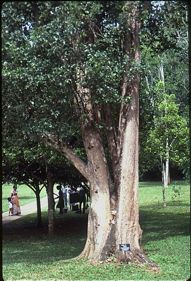
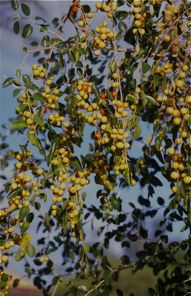

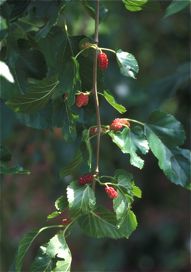

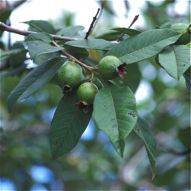
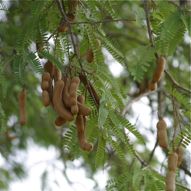
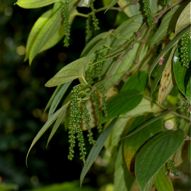







8 Responses
Congratulations and compliments for this wonderful post. This is a nice example of how useful the bird ecology study could be. I will use this brilliant set of scientific info in my analysis of food webs containing koel.
Thanks a lot. Keep up the wonderful work.
Can you please post a similar information about the diet spectrum of the tailor bird? I saw a tailor bird nesting ON a hill of rice plant, and also on a large aubergine plant (eggplant). I have photos of both. I will need as much info about the bird’s food items. Thanks.
Very interesting information.Thank you for the information you provided.
Congratulations and compliments for this wonderful post. This is a nice example of how useful the bird ecology study could be. I will use this brilliant set of scientific info in my analysis of food webs containing koel. I got two koel Bird babies.I like to feed them and like to best friend.tnx
A koyal with her skull beaten hard by crows fell in front of my house but she was alive and I gave her water but wasn’t having any idea what she eats and after reading this article I gave the best possible food, the guava and I hope she would be OK. Thank u so much for your helpful Web page.
I have been requesting my Neptune Court Estate management to grow some fruit trees in our large landscape. They showed me a letter from NParks requesting the management to conduct horticultural assessment of the trees in our estate and conduct fruit removal works to reduce food availability for these Asian Koel birds. This is because NParks received a feedback regarding their noise nuisance at our Estate.
I am surprised with NParks request as I just read that Asian Koel is a protected species under the Wild Animals & Birds. And NParks advises that together with NEA and premise managements they will prune trees, and remove crows’ nests and food sources to discourage Asian Koels from roosting in residential areas. Why ? Can you please help me to understand the conflicting views. Thank you.
With reference to Irene Ong’s question, while I personally do not mind the call of the Koel, there are friends of mine, nature lovers in all other respects, who cannot stand this bird.
It starts calling persistently, sometimes well before dawn, and it is LOUD.
I live in a single-storey house. But I can imagine the problems my friends face because their bedrooms are on the second or third floors, and the trees from which the Koels call are just outside the windows.
Thanks. Was informative. I gave papaya and the bird ate itself. Looking for other fruits also.